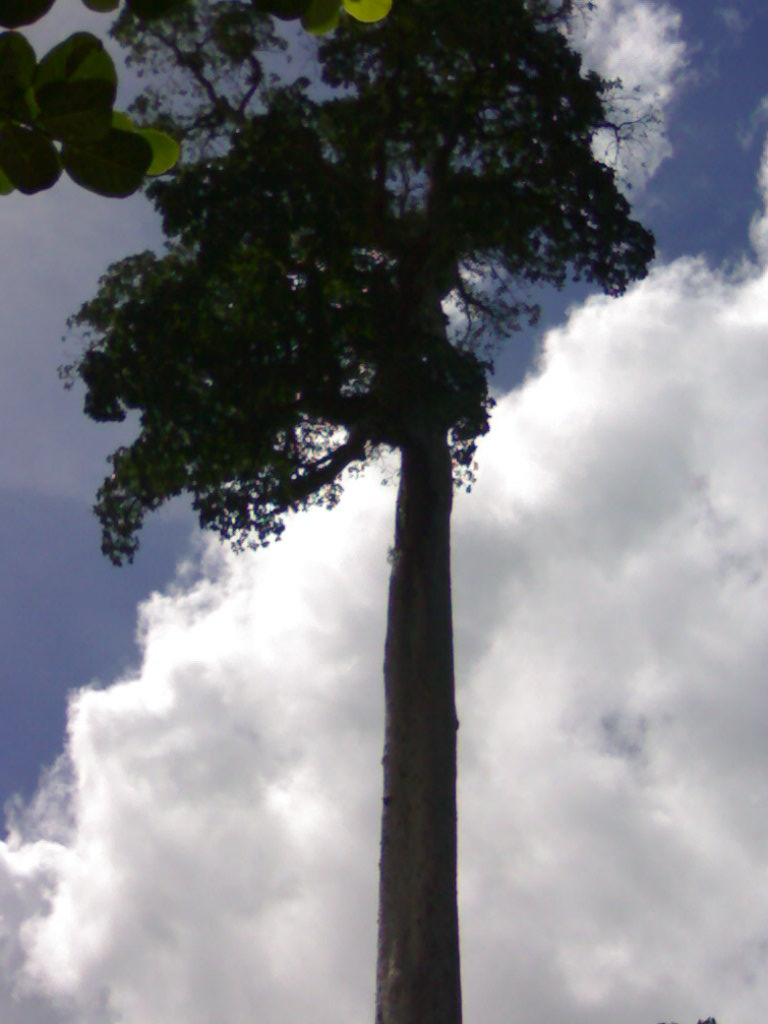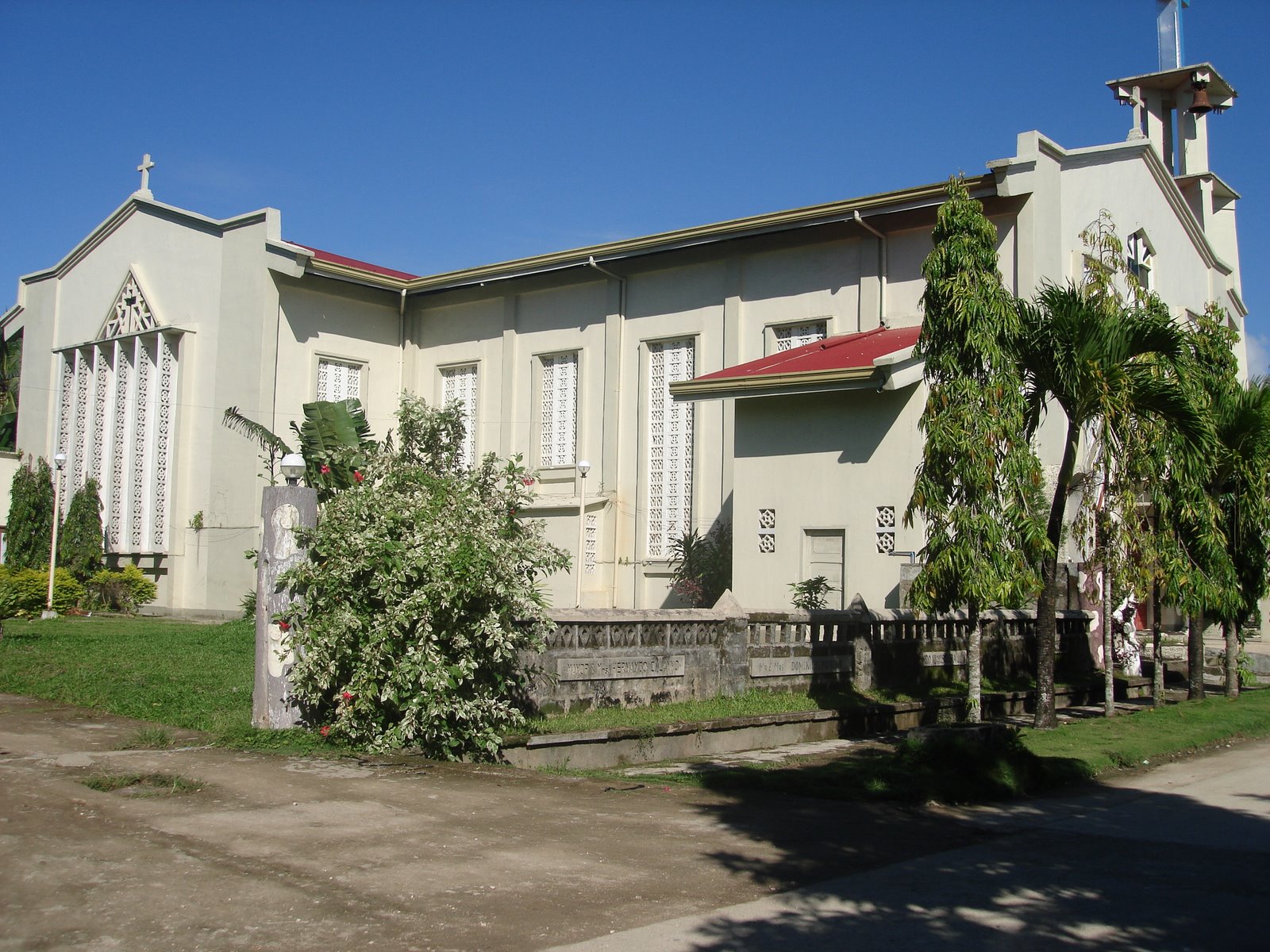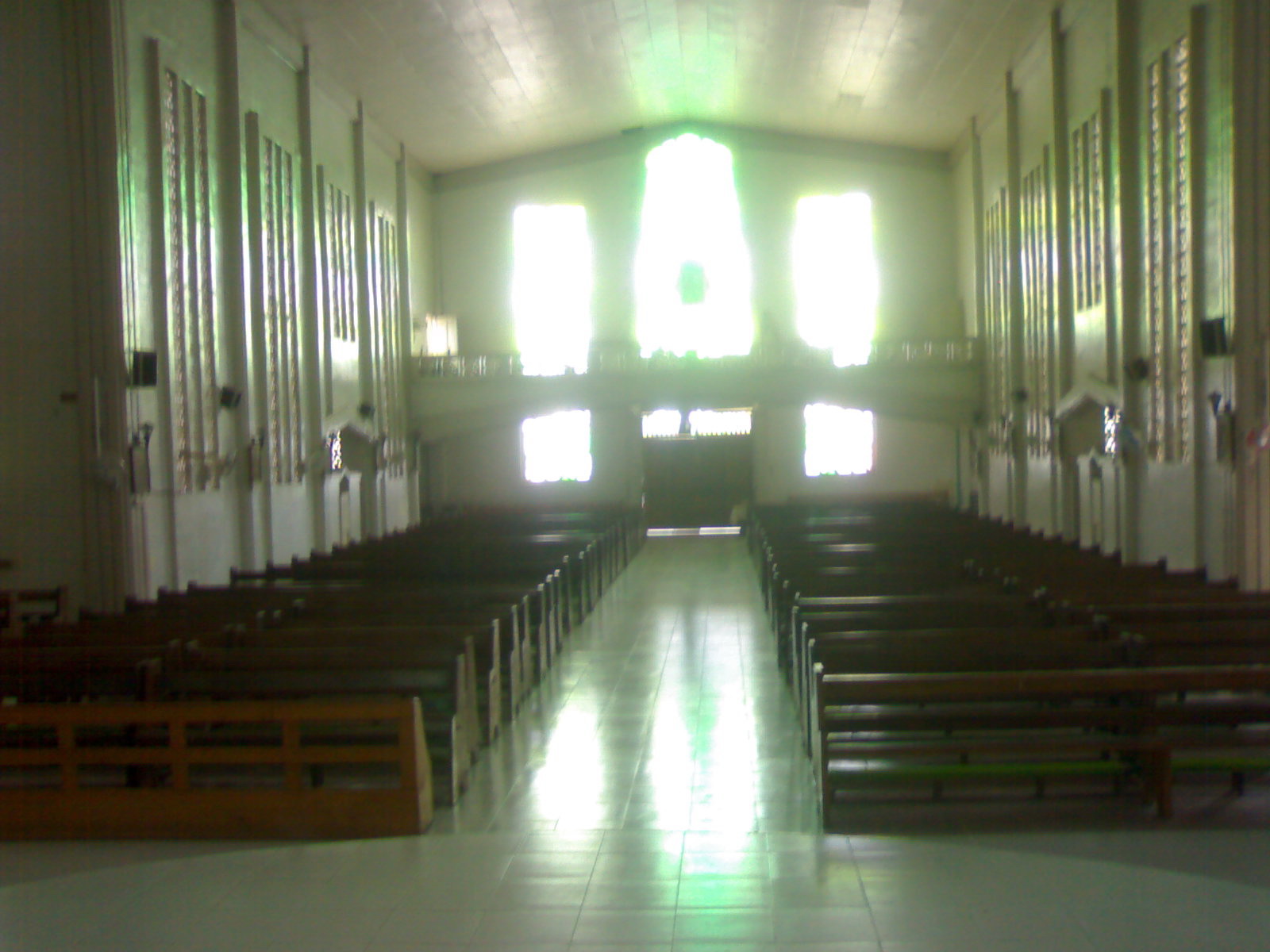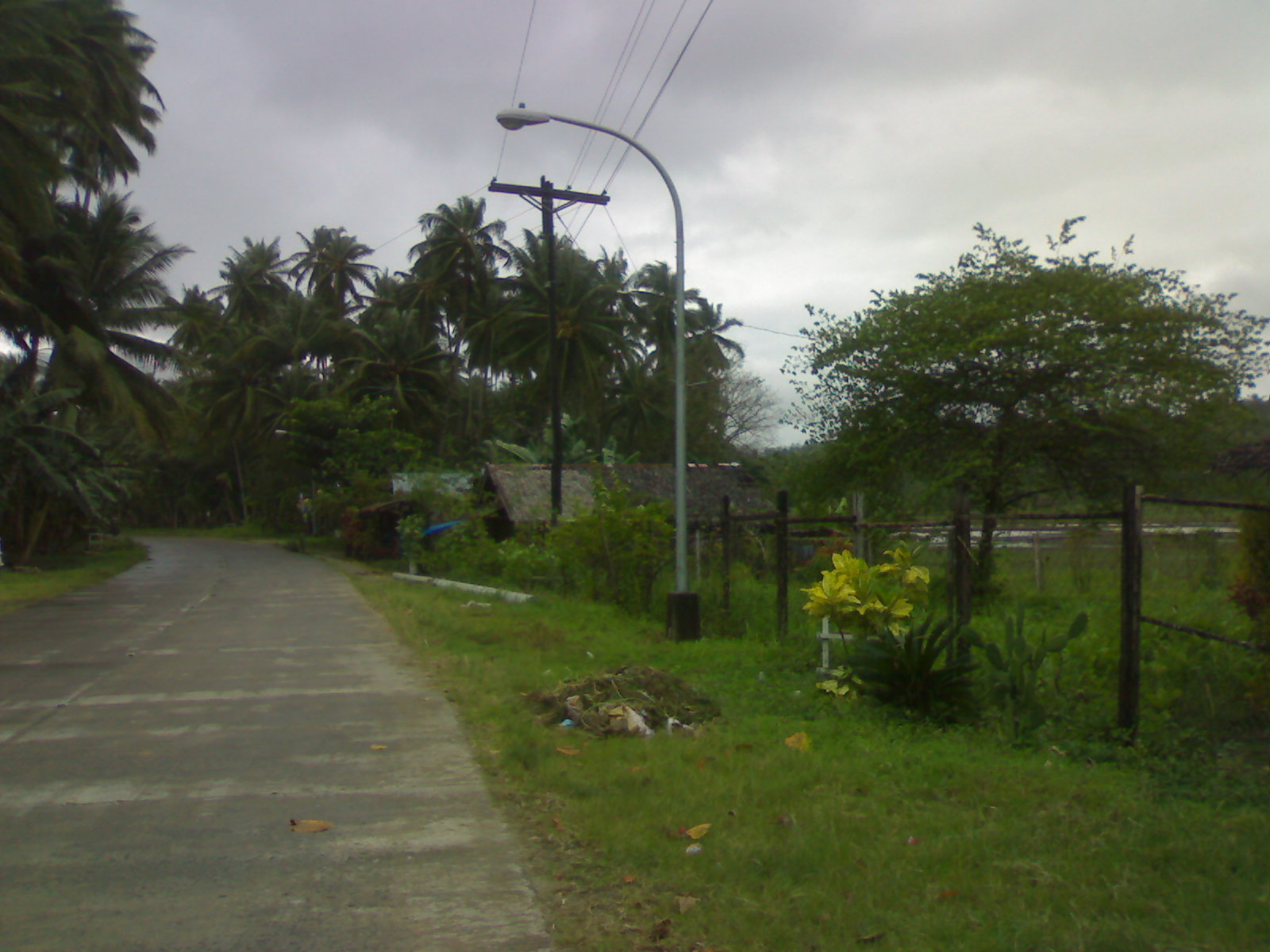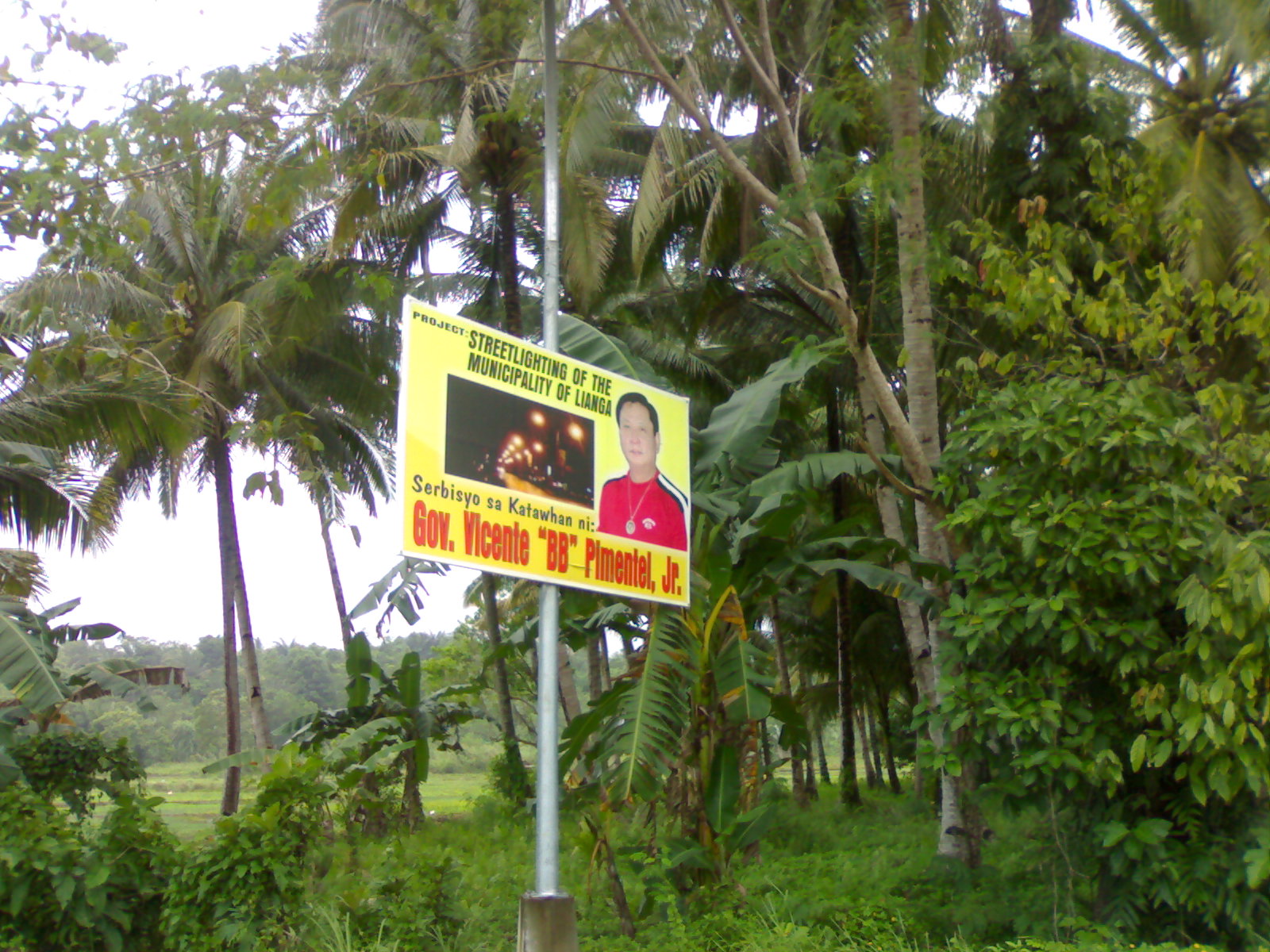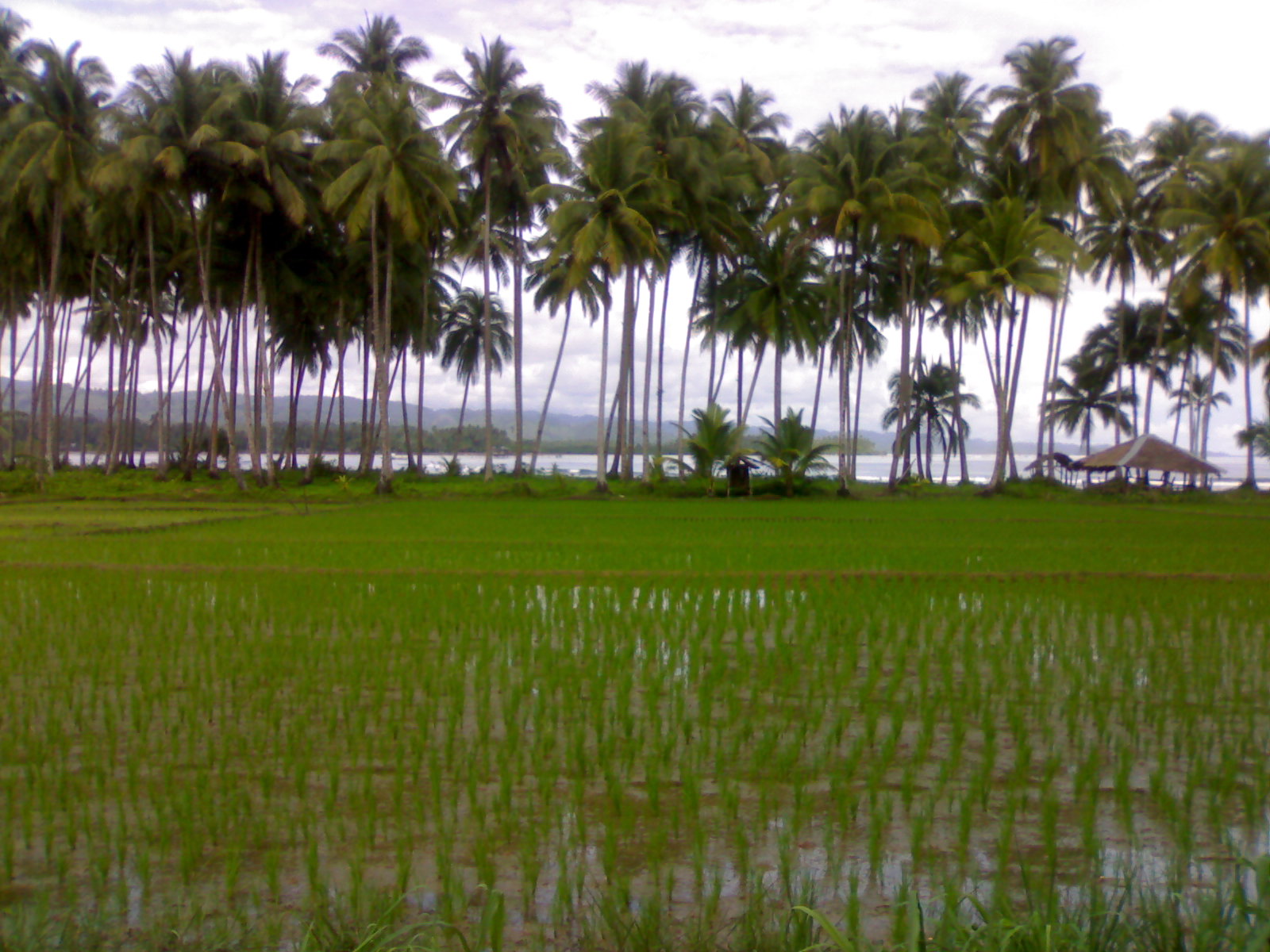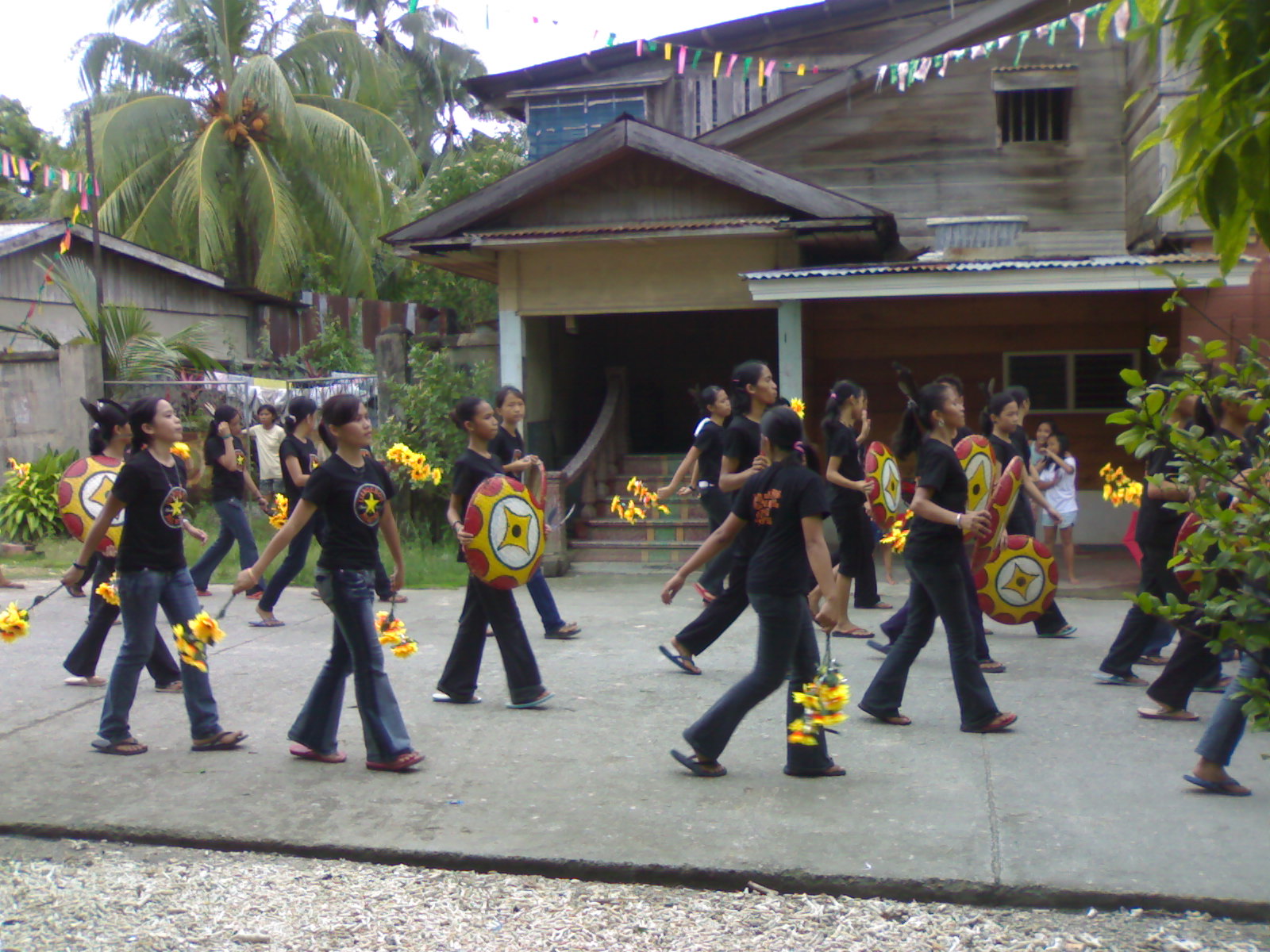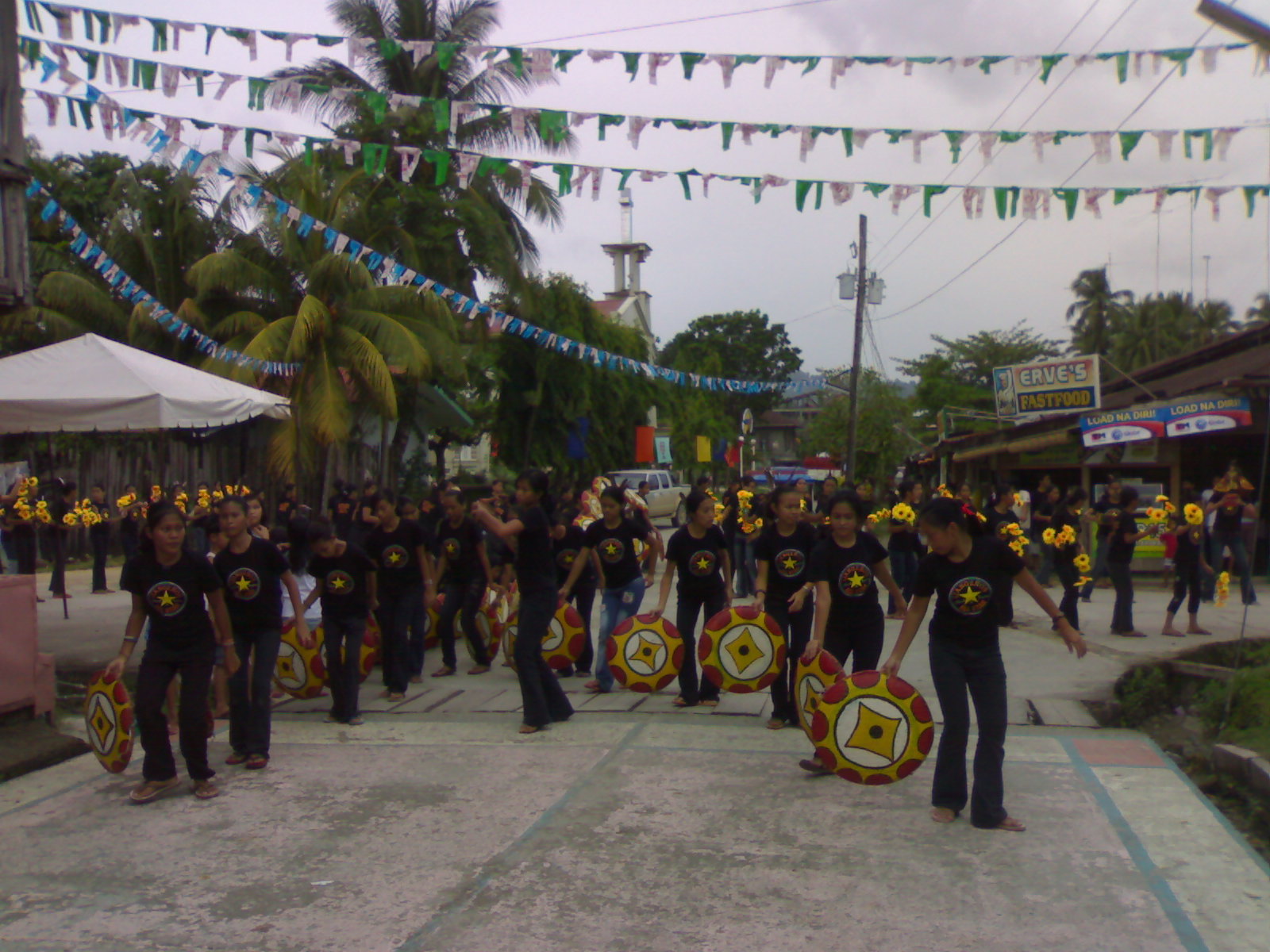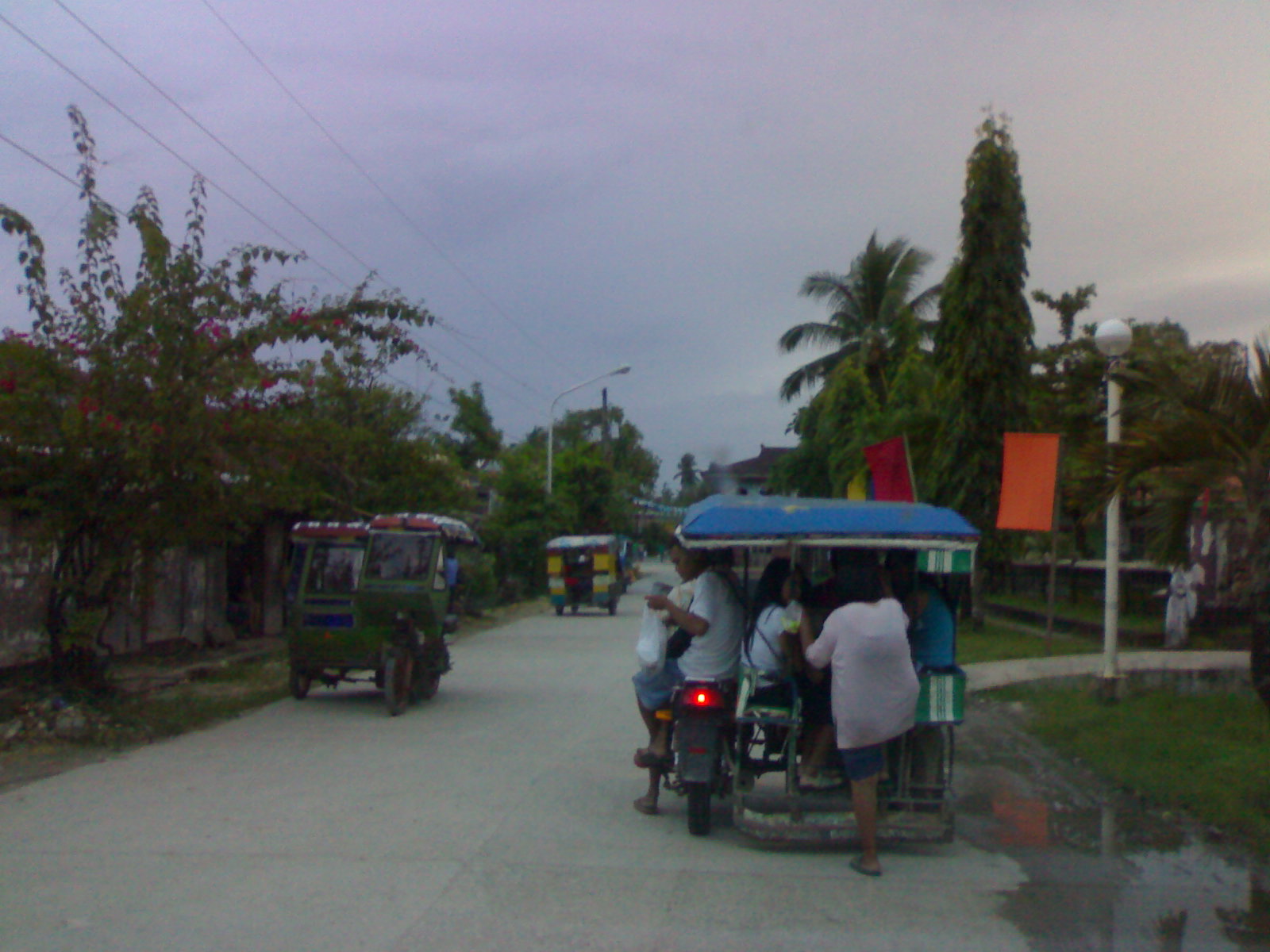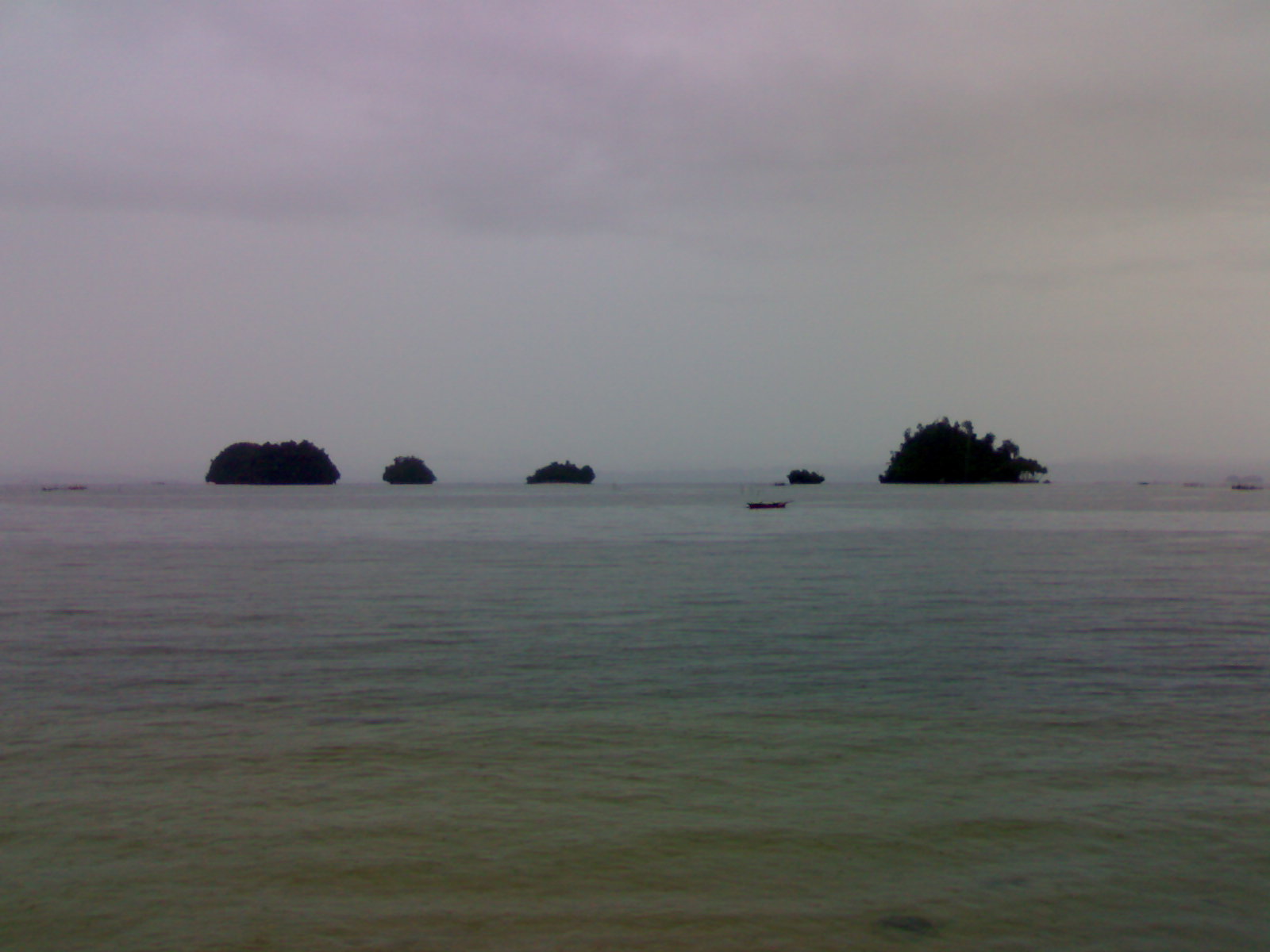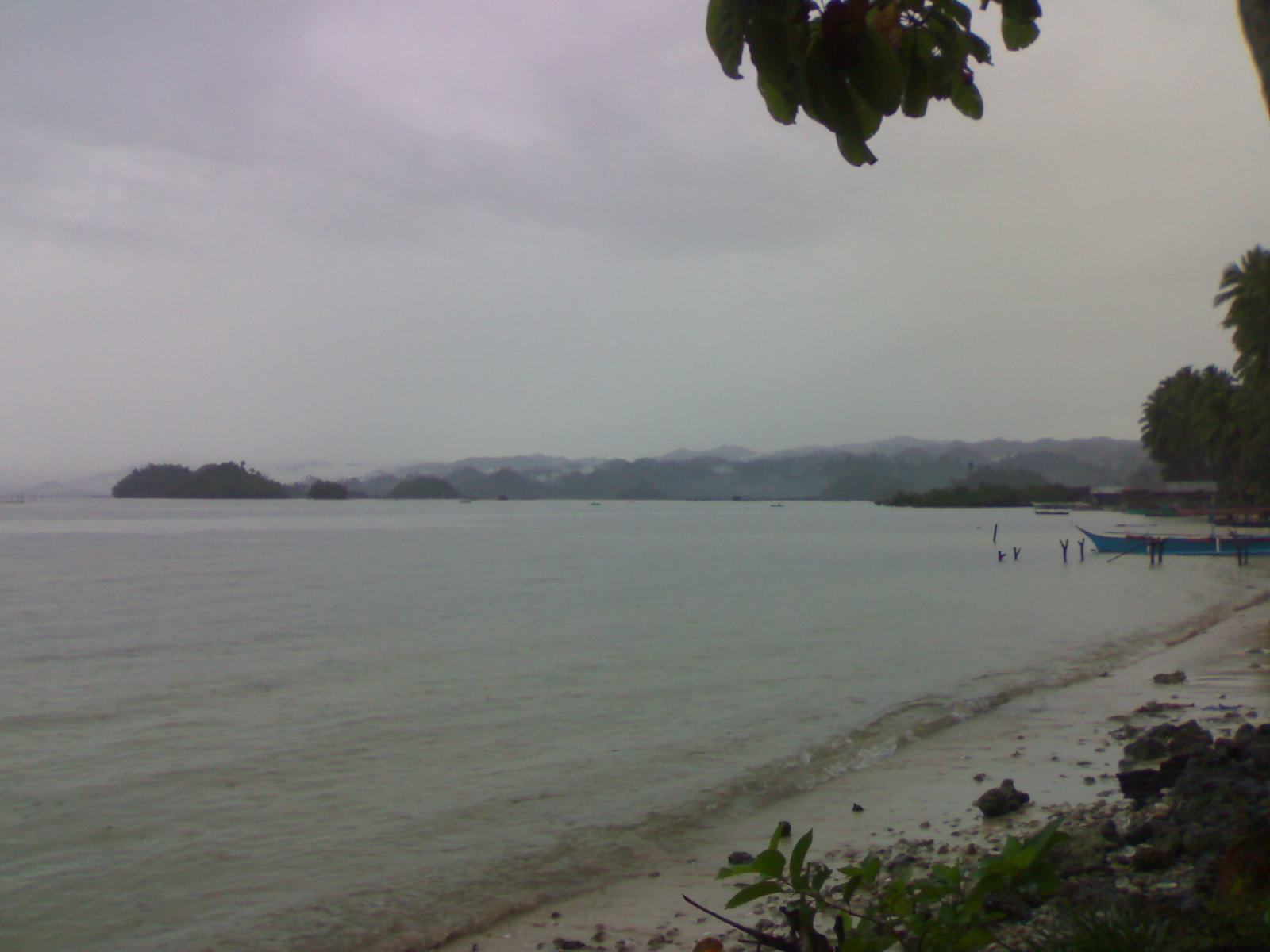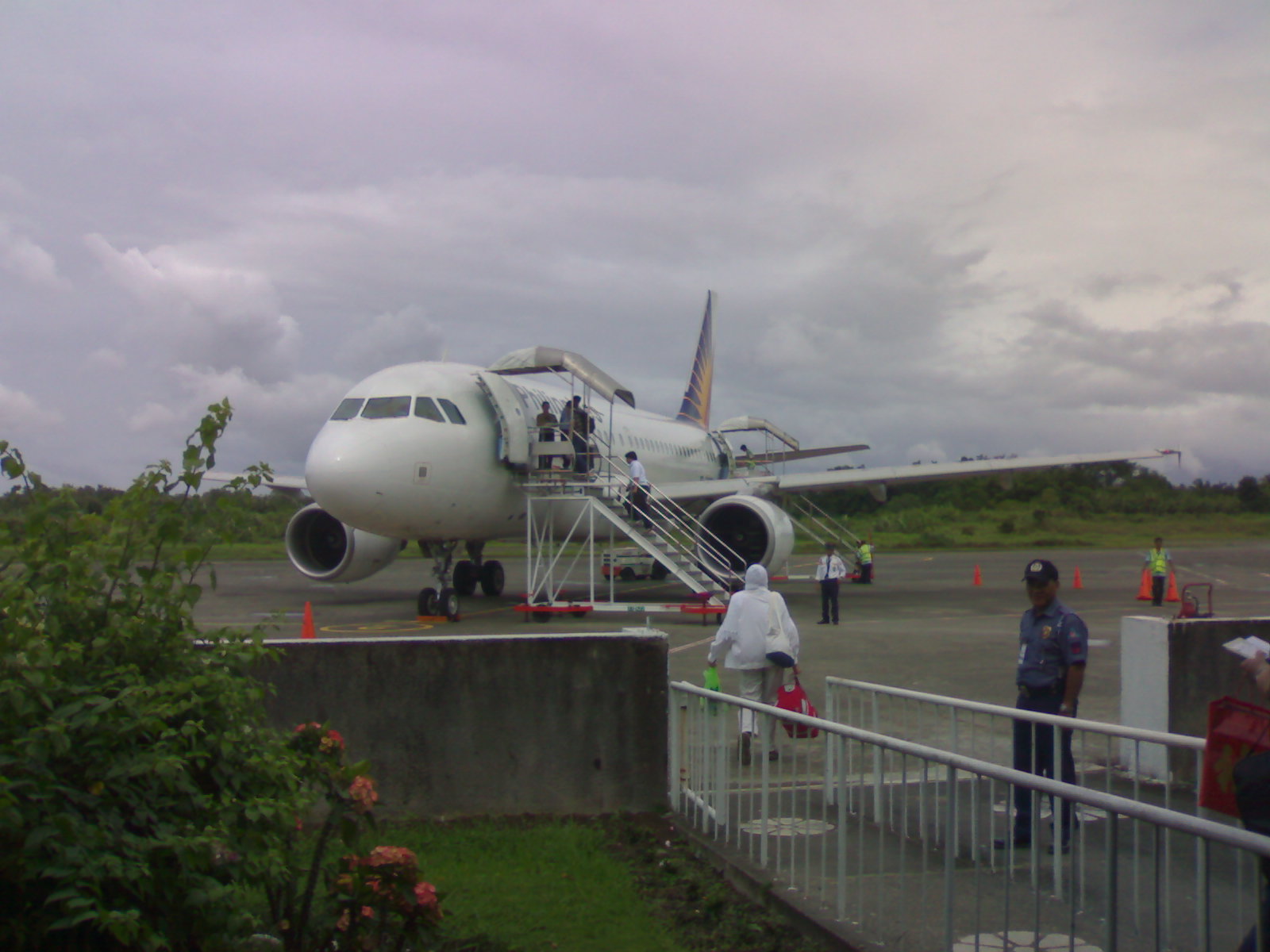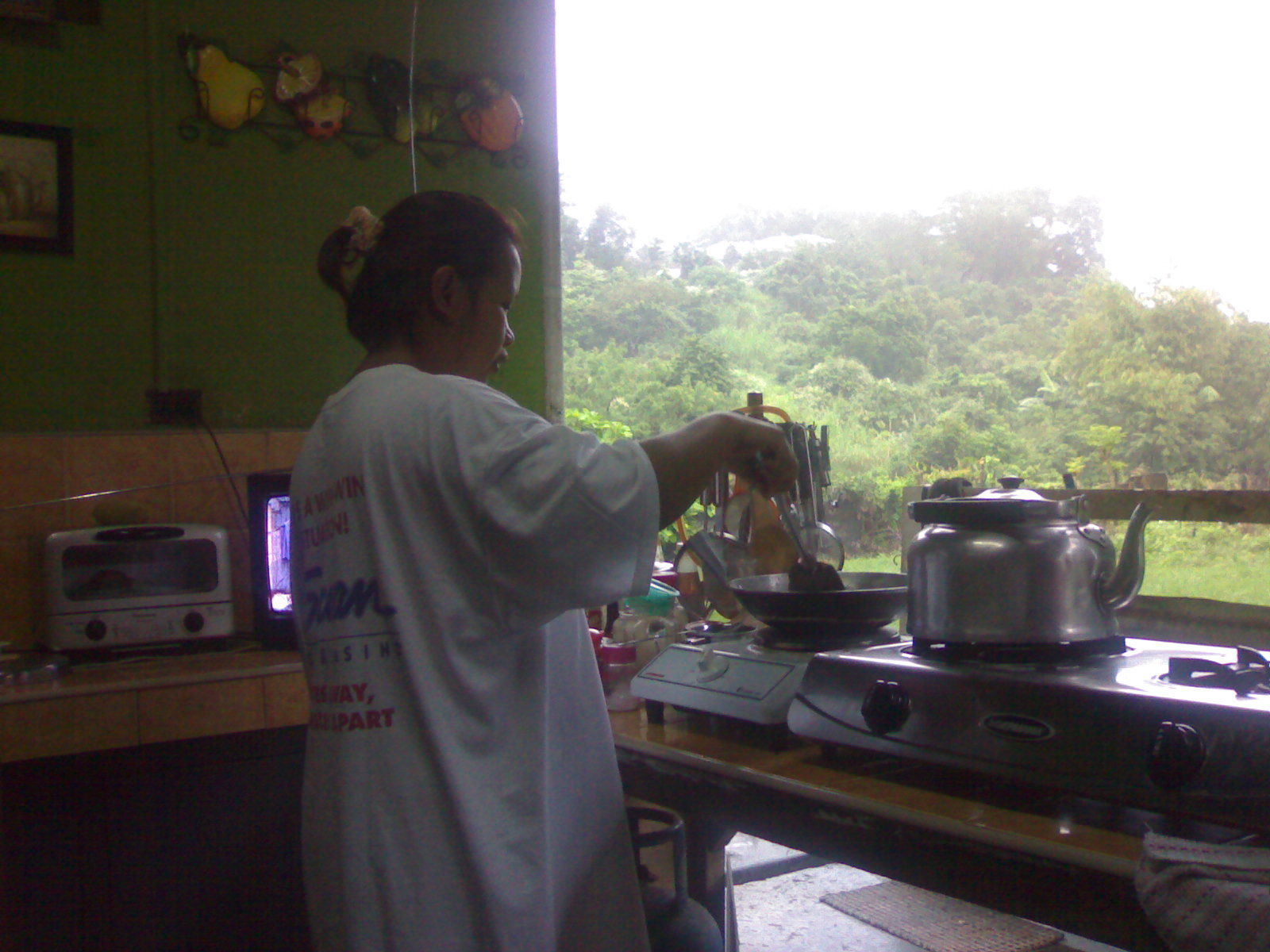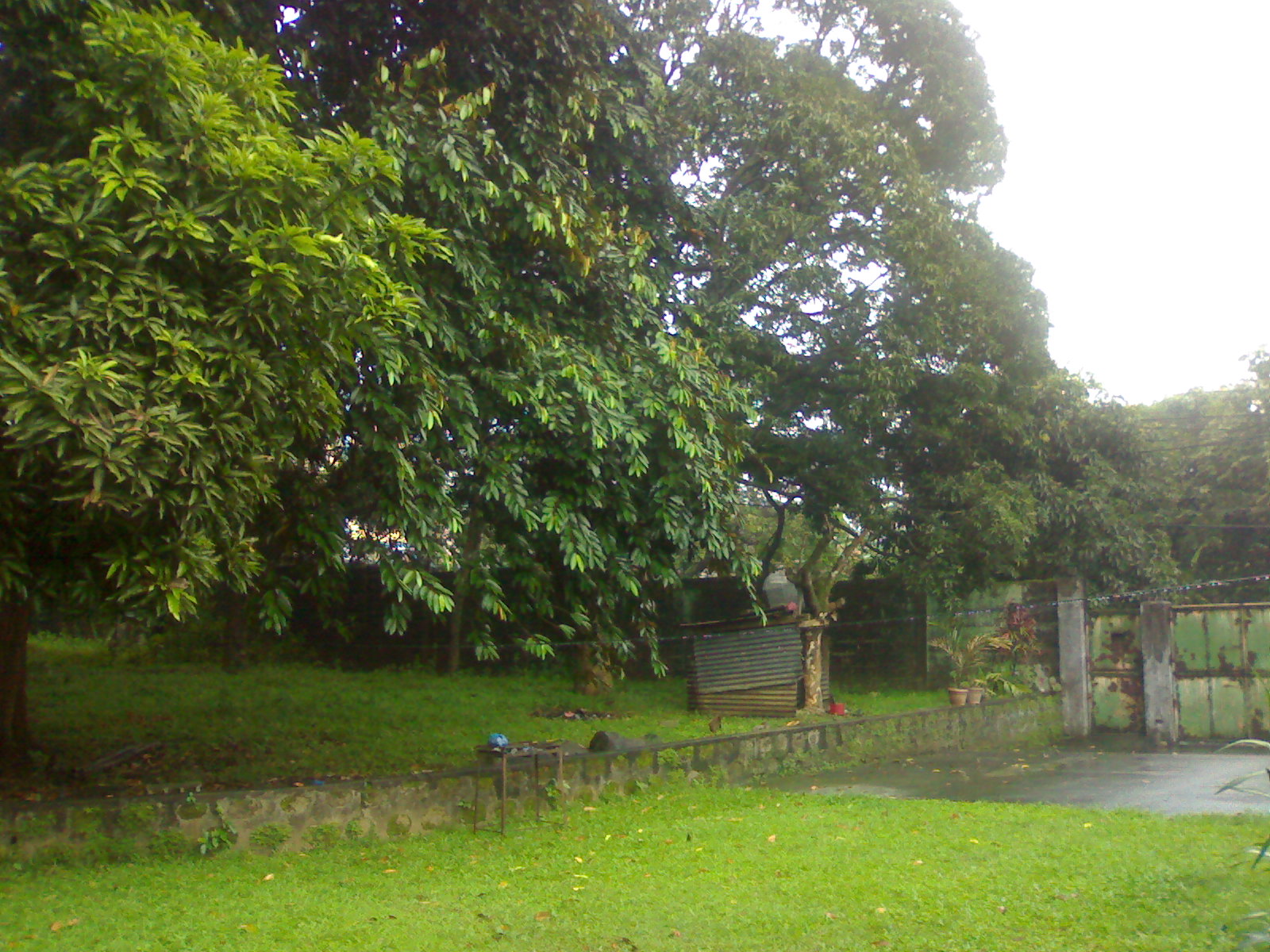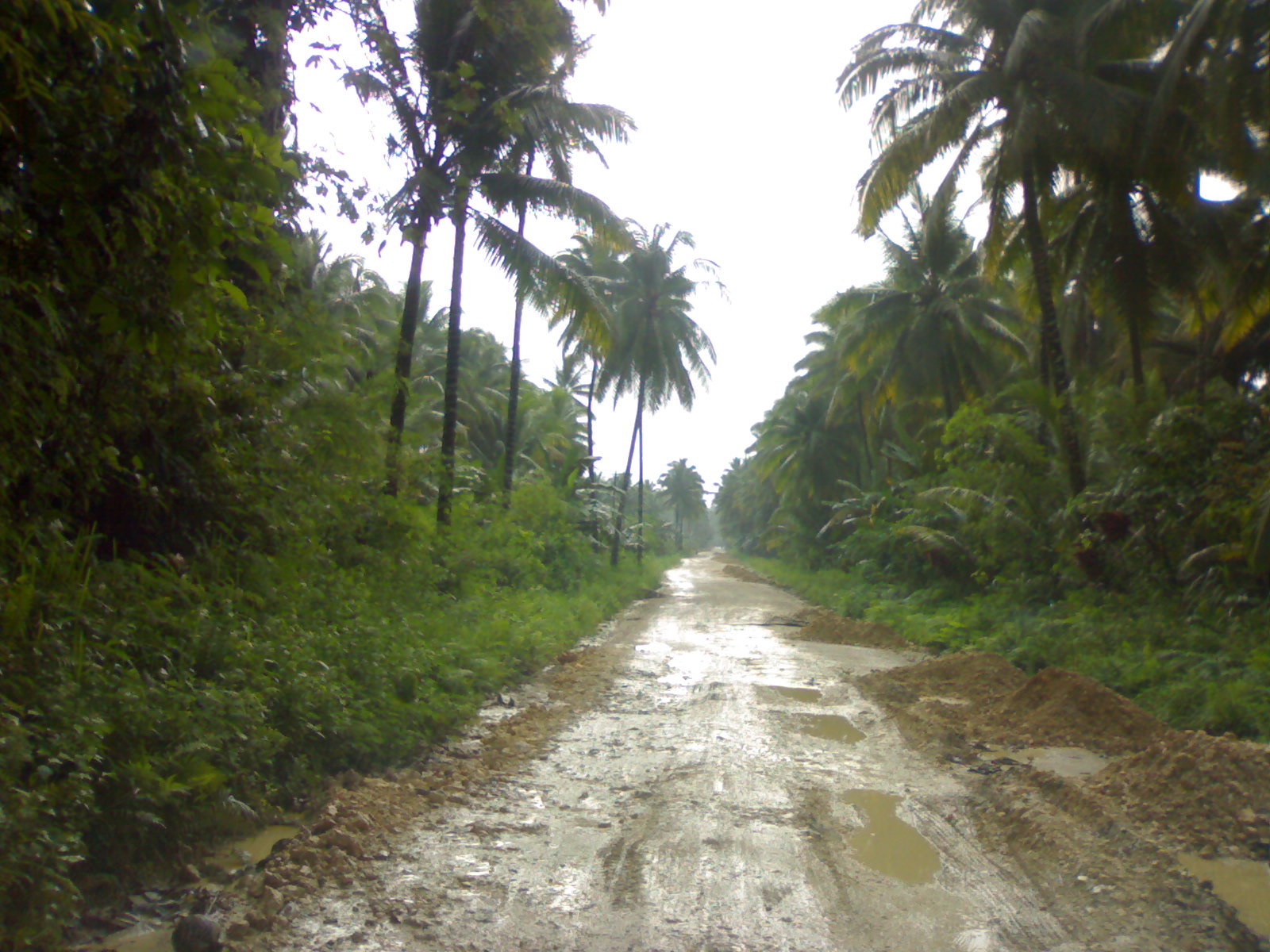 It's the same, old and sad story. Intermittent heavy rains have been drenching the Lianga area for weeks now. When that happens, as it always does this time every year, the result is always inevitable. We get quagmires, enormous potholes and vehicle-busting, rocky terrain in what the government may call roads but what are actually innovative torture tracks designed to reduce all types of vehicles to complete mechanical wrecks and the people in them to shell shocked, quivering masses of exhausted and traumatized flesh and bone.
It's the same, old and sad story. Intermittent heavy rains have been drenching the Lianga area for weeks now. When that happens, as it always does this time every year, the result is always inevitable. We get quagmires, enormous potholes and vehicle-busting, rocky terrain in what the government may call roads but what are actually innovative torture tracks designed to reduce all types of vehicles to complete mechanical wrecks and the people in them to shell shocked, quivering masses of exhausted and traumatized flesh and bone.I have been complaining about the sad state of the roads in our part of the country for some time now and I sometimes feel that I have virtually worn out that issue. But the truth is these "baaaad roads", as my 14 year old nephew calls them, have become so much a normal part of travelling in the Lianga area almost all year round that somebody just has to keep on harping on the subject in the hope that someone important up there in the provincial capital of Tandag or in Manila gets fed up and finally does something about it.
There is a limit to what the local people here can endure and what they have to go through on their trips out of town and going back is simply too much. The "national highway" they travel on with such difficulty is an anachronism. It simply should not be existing the way it is. Not even in this rather remote corner of the nation where most of the other towns and cities already enjoy the benefits of fast, convenient and efficient travel on modern, concrete roads and bridges.
The officials from the government's Department of Public Works and Highways in Tandag are quick to point out to the wet and rainy weather as the primary cause of the road woes in the Lianga and San Agustin area. They also cite on-going concreting programs in some road sections as a contributing factor. All this problems, they say are temporary and will disappear with the completion of the entire road concreting program in 2010.
Forgive me but all that is simply a bunch of bulls__t! Whether there is rain or hot, dry weather, the roads in Lianga have always been for the most time very poorly maintained. I should know because I travel regularly and, like so many of the local residents, have suffered because of it. On the matter of road maintenance it has always been, as far as the DPWH is concerned, a question of it doing too little, too late or nothing at all.
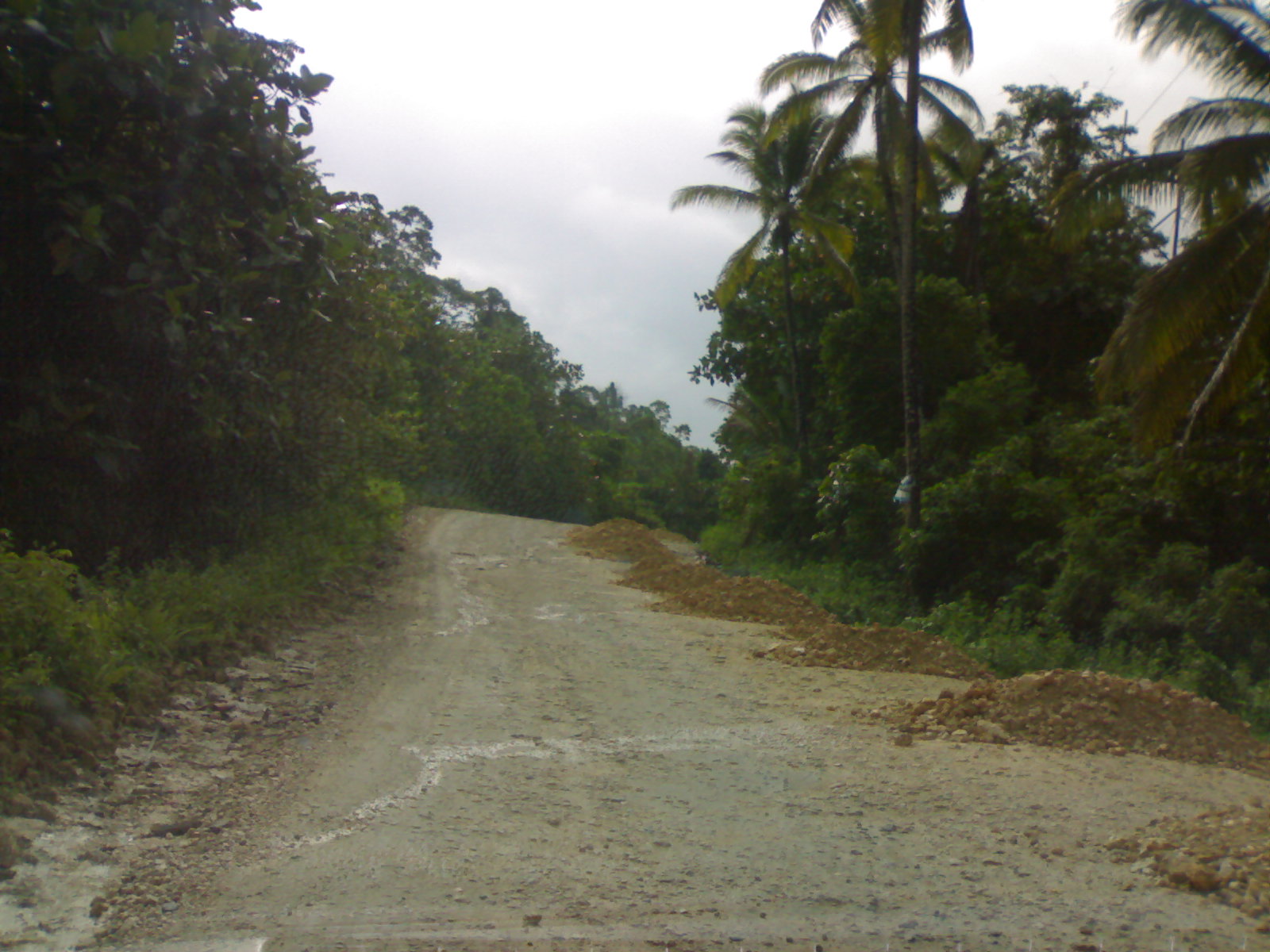 It is true that some degree of inconvenience to the public can be expected as a result of the ongoing road works in the San Agustin area. But any fool with two normal eyes and a sound mind who actually goes to visit there can see that all that muddy mess is more the result of wanton disregard for the safety and convenience of the travelling public in favor of efforts to complete the entire concreting project at the least cost than due to unpredictable or unforeseen wet weather. Thus travellers have to endure kilometers of unstable, muddy road surfaces which can turn into vehicle traps during heavy rains.
It is true that some degree of inconvenience to the public can be expected as a result of the ongoing road works in the San Agustin area. But any fool with two normal eyes and a sound mind who actually goes to visit there can see that all that muddy mess is more the result of wanton disregard for the safety and convenience of the travelling public in favor of efforts to complete the entire concreting project at the least cost than due to unpredictable or unforeseen wet weather. Thus travellers have to endure kilometers of unstable, muddy road surfaces which can turn into vehicle traps during heavy rains.My wish nowadays, if I were to take the government's word for it, is that after 2010, I will be able to nostalgically remember the muddy, potholed and rocky roads of Lianga as the nightmarish memories of days gone by and not as bitter reminders of harsh day to day reality. But until that wish comes true, people here like me will have to come to terms with the depressing fact that travelling in this part of the world will continue to be the mind numbing, physically battering and hellish experience one wants to forget but unfortunately cannot.
